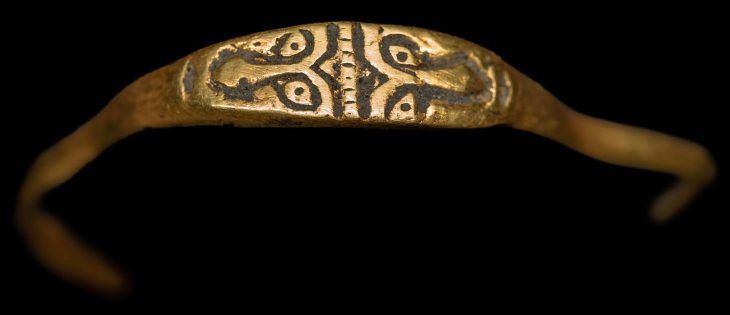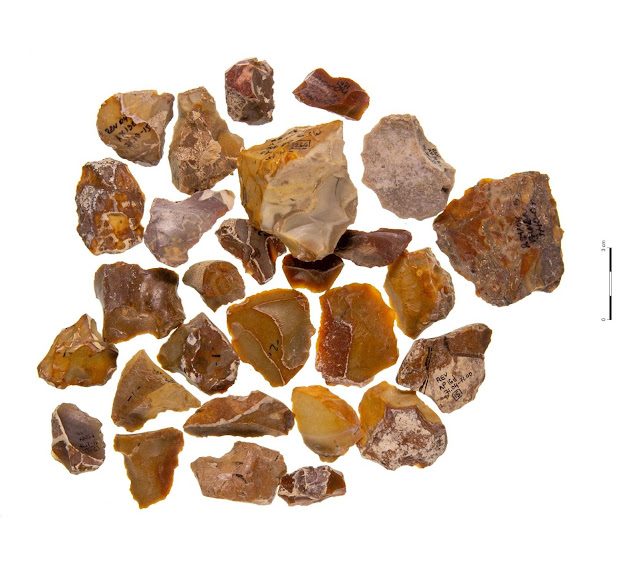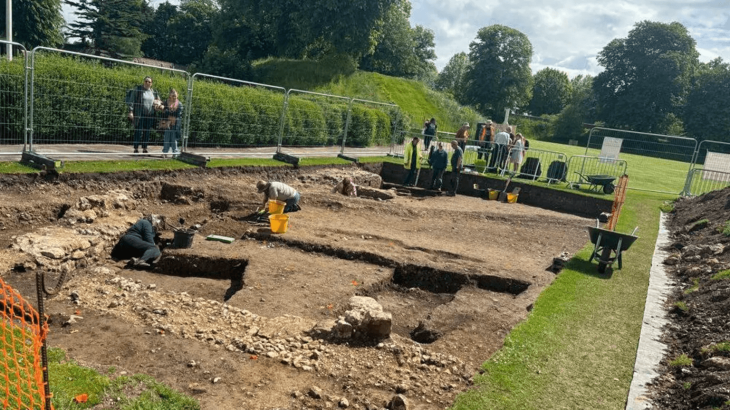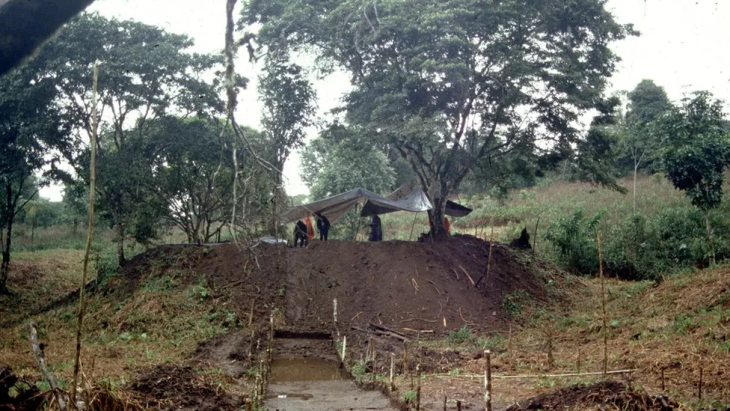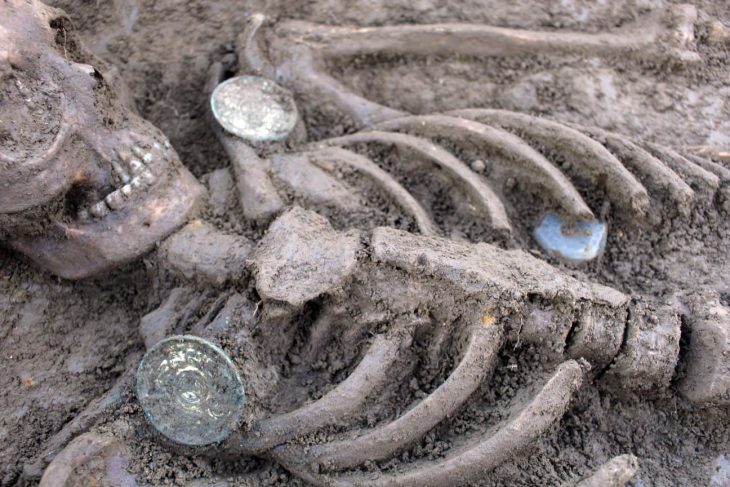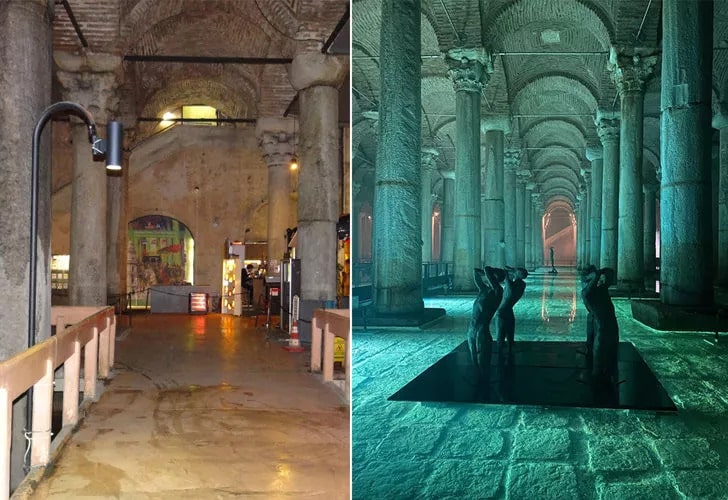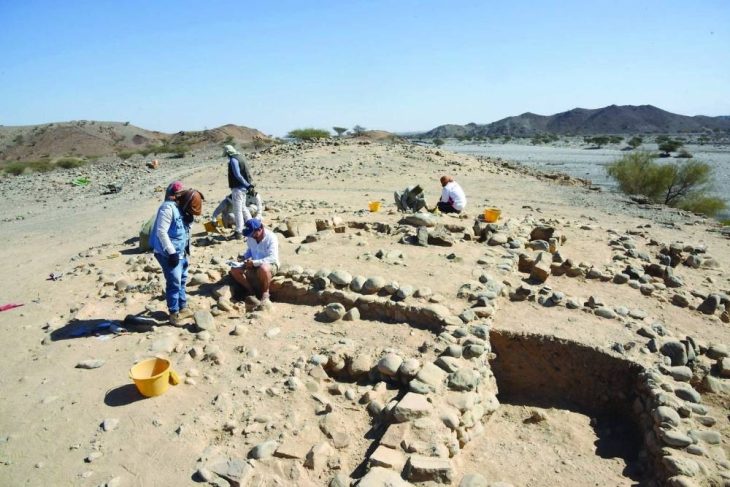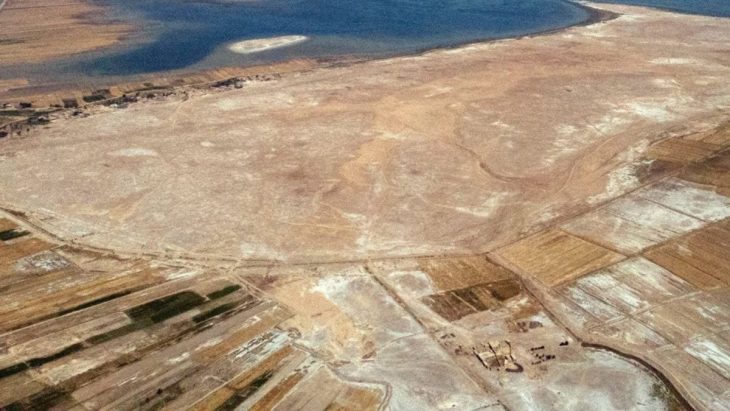A Japanese research team discovered nearly as many geoglyphs in the Nazca Desert (Peru) in just a few months using an artificial intelligence (AI) system as those found in all of the last century.
The large number of new figures has made it possible for researchers to distinguish between two primary kinds and provide an explanation for the potential motives or purposes behind their creation more than 2,000 years ago.
In the 1930s, Peruvian aviators discovered the first ones, and by the end of the century, more than a hundred had been identified, such as the hummingbird, the frog, and the whale. Japanese archaeologists have found 318 more geoglyphs since 2004, nearly all of which are well-known, with the help of high-resolution satellite images.
In cooperation with IBM Research, the same team, led by Masato Sakai, a scientist from Yamagata University (Japan), has found 303 previously unidentified new geoglyphs depicting humans and animals. These geoglyphs are all smaller in size than the enormous geometric patterns that span more than 400 square kilometers of the Nazca plateau and date from AD 200 to 700.
The researchers said the average length of the etchings is some 9 meters, smaller than the well-known figures of the Nazca Lines, noting it assumes ancient people in less populated groups drew them to share information about rites and livestock.
Earlier this week, The findings were introduced in the Proceedings of the National Academy of Sciences of the United States of America.
Sakai and his team had high-resolution images obtained from airplanes or satellites of all of Nazca, but with a resolution of up to a few centimeters per pixel, the human eye would have needed years, if not decades, to analyze all the data. They left that job to the AI system.
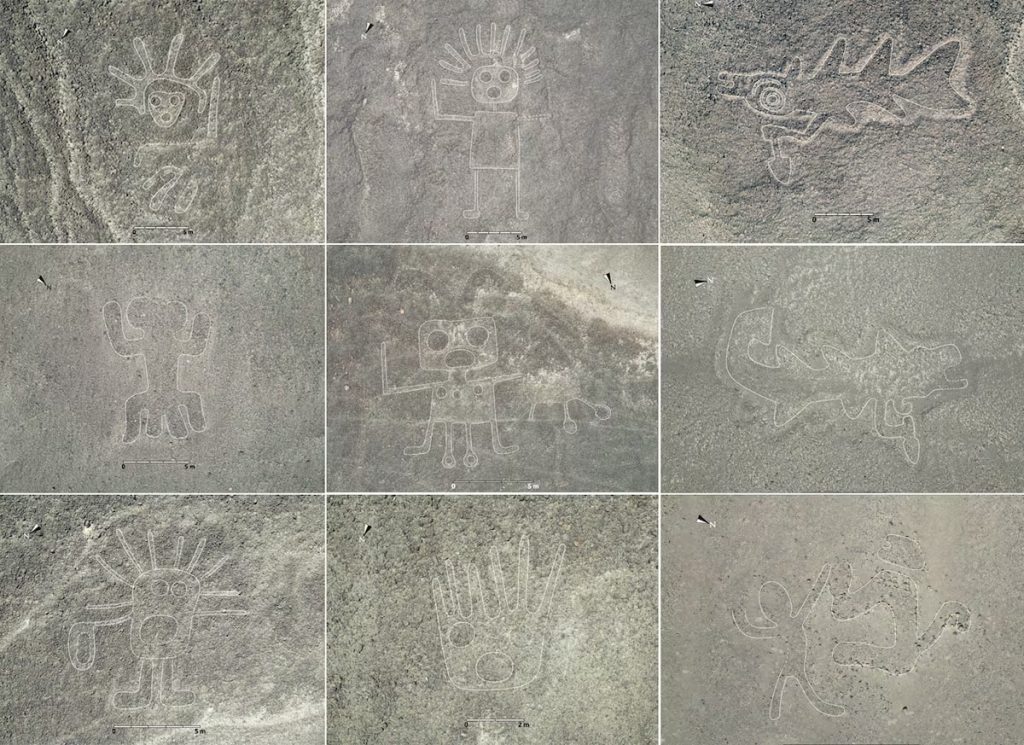
Although it was not easy to train its artificial vision (see comparison below) with so few previous images and so different from each other, the machine proposed 1,309 candidates. The figure came from a previous selection also made by the AI with 36 images for each candidate. With this selection, the researchers carried out a field expedition between September 2022 and February 2023. The result is 303 new geoglyphs added to this cultural heritage of humanity. All are relief-type geoglyphs.
Masato Sakai, a professor of cultural anthropology at Yamagata University, said, “The human heads depict human sacrifices (to the gods). People at that time learned the roles of human sacrifice and livestock by looking at them while walking.”
The giant “line” types include the famed Nazca hummingbird and including an orca holding knife geoglyphs.
Sakai said it is likely that they formerly served as ritual spaces in the shapes of animals.
“At that time, there was no written language in society. People learned about the roles of people and animals by looking at pictures, and used them as a place for rituals,” he said.
Sakai, an anthropologist, said the team hopes the latest discovery will help conserve the area by leading to measures such as designating the area a park.
Doi.org/10.1073/pnas.2407652121
Cover Image: The photo shows a newly discovered geoglyph of an orca holding a knife, with outlining done by the Yamagata University Institute of Nasca. Image Credit: Instituto Universitario Yamagata de Nazca


